IMAGELESS AREAS IN THE 3D-IMAGE OF THE BODY ON THE SHROUD
PROF. AVINOAM DANIN BOTANIST, Dr. PETRUS SOONS
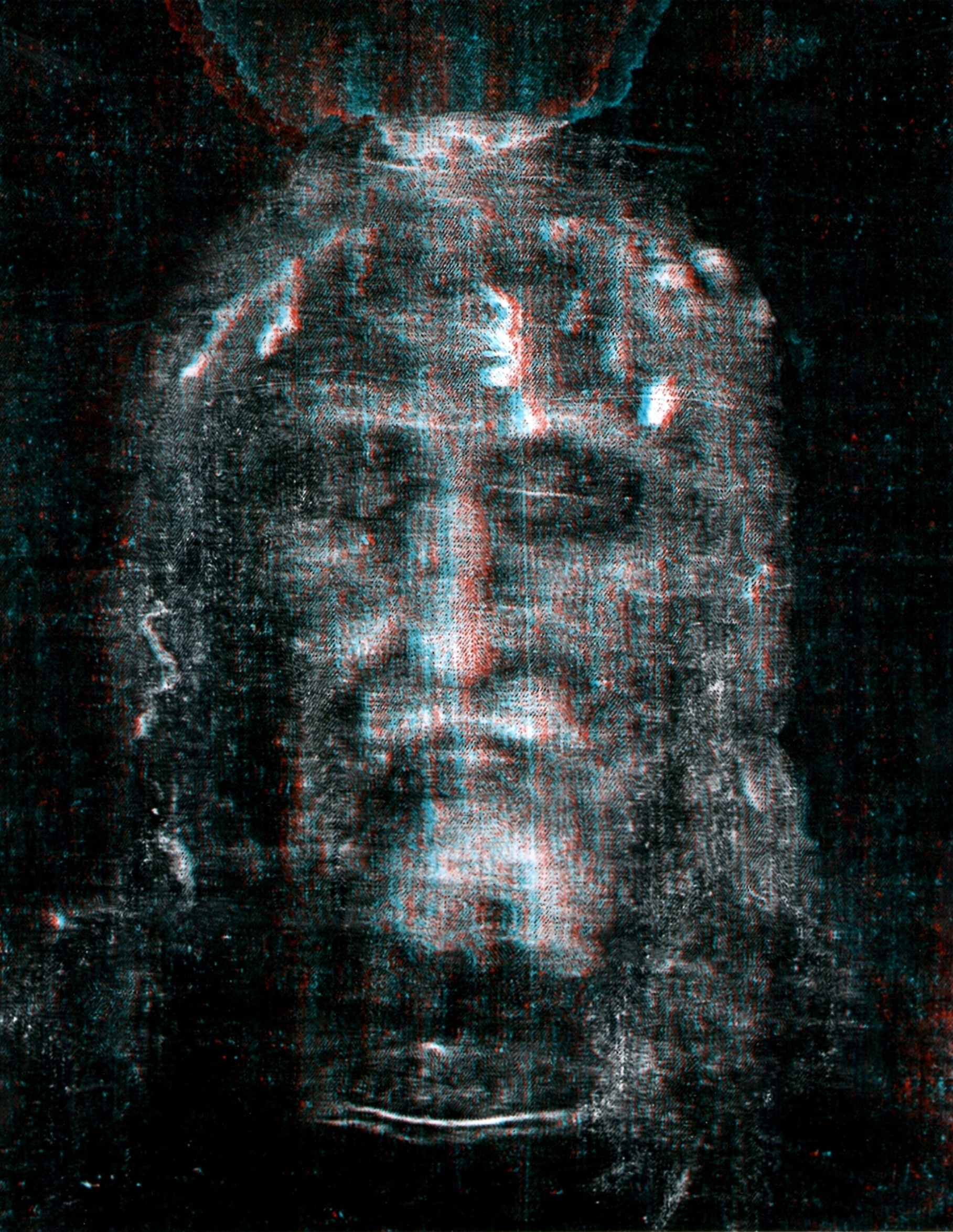
Photo 2A. Holes on sides of face and forehead. ANAGLYPH (use 3D glasses)
In 2005-2007 during the conversion-work of Bernardo Galmarini and the Dutch Holographic Laboratory in Eindhoven, the Netherlands, it became obvious that, although the image of the Man on the Shroud was anatomically correct, there were image-less areas in the grayscale of the body. When the 3D formed on the Z-axis (on the computer screen in the direction of the viewer), these image-less areas showed up as “holes”, because they did not contain the body-to-cloth distance information (3D) that characterizes the rest of the image.
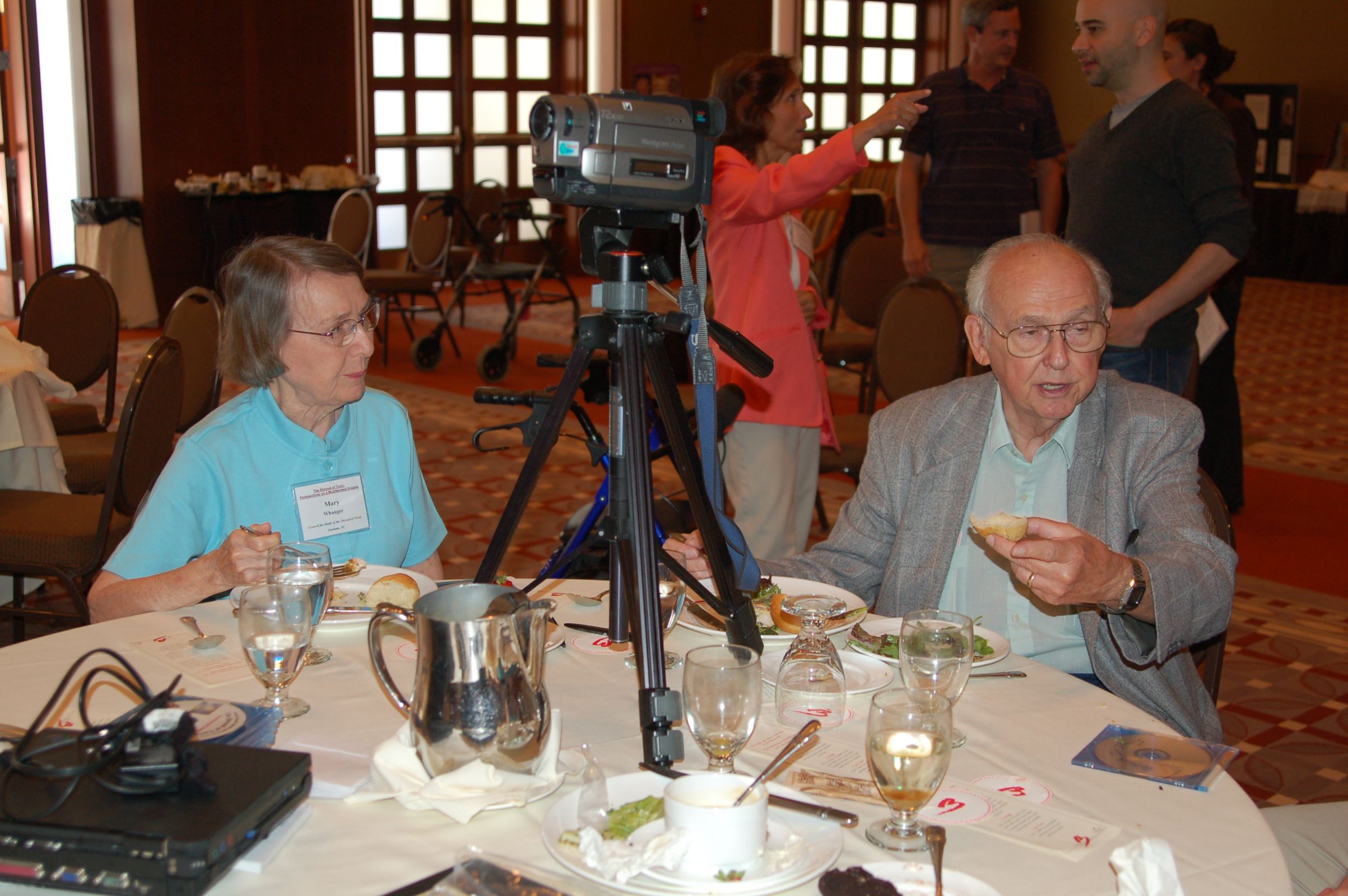
Photo 1. Alan and Mary Whanger Ohio
Thanks to the investigations of ALAN ADLER we knew that under the blood on the cloth there is no image, and the individual fibers are white and not discolored. So it seems that the presence of the blood prevented the image formation of the body in these particular areas of the Shroud. Having this in mind we tried to find a solution of parts of the image-less areas that showed up as “holes”, and I remembered the book of MARY and ALAN WHANGER, “The Shroud of Turin, An Adventure of Discovery” (1998), where in chapter 7, “Flower Images” on page 73, Alan showed two photographs with flowers on the face and around the lower parts of the arms and the hands. When I compared these photographs with our findings, it occurred to me that they covered part of the “holes” that we had encountered during the conversion of 2D to 3D of the image. Alan later told me that these photographs showed the findings of Prof. AVINOAM DANIN (Hebrew University- Jerusalem, Israel) of flowers on and near the face and the area around the arms and hands. During a visit to Israel in October of 2007 I met Avinoam Danin and I invited him to come with me to Raleigh, North Carolina where TOM D’MUHALA lives and he was in the possession of the collection of all the photographs of VERNON MILLER, made during the STURP investigations of 1978, were Vernon was the chief technical photographer. Tom D’Muhala contacted Vernon Miller and he agreed to make a series of the photographs, including Ultra-Violet photographs, available to Avinoam Danin, so he would be able to do more research on the Botany of the Shroud.
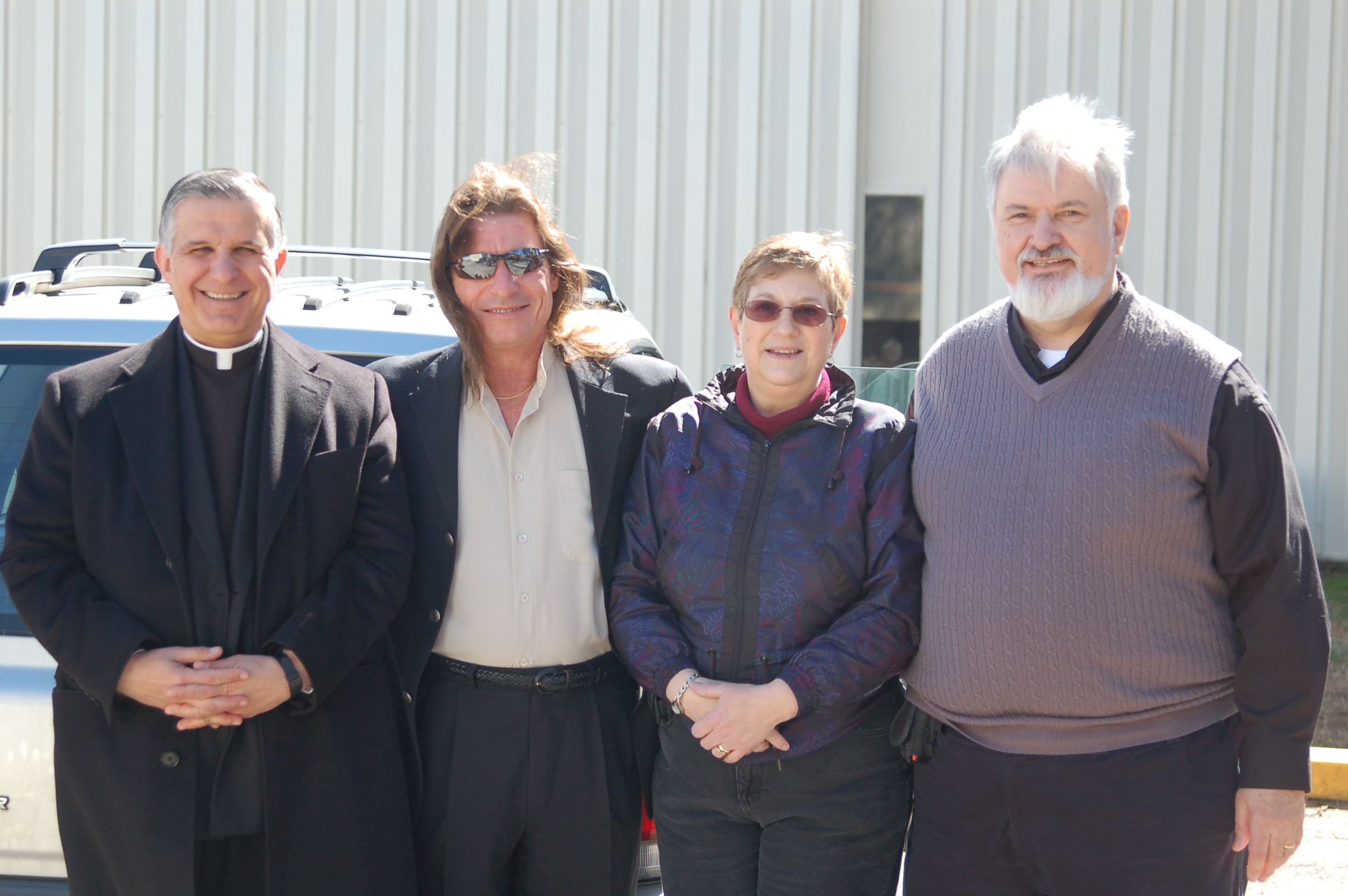
Photo 2. Tom D’Muhala with wife and Father Guerra Raleigh
That resulted not only in a confirmation of the previous findings of Avinoam Danin in the ENRIE photographs, but he even found additional images of flowers. This also solved the problem of the “holes” in the face and the area around the arms and hands.
Like the blood images we mentioned before, it seems also that the presence of flowers and plants on certain areas of the body, prevented the formation of the image of the underlying body areas. Whatever “energy” formed the image, it seemingly could not penetrate solid objects like the blood and the flowers.
I will quote now from the book of AVINOAM DANIN: “Botany of the SHROUD, The Story of Floral Images on the Shroud of Turin” (Danin Publishing 2009, Jerusalem), to show the Botanical findings that he did in 2007-2008 on these new photographic materials (pages 60-62).
Quote: “I started corresponding by e-mail with Dr. Petrus Soons, who was responsible for the creation of these holograms with his collaborators in the Dutch Holographic Laboratory. When he visited Jerusalem in October 2007, we set up a meeting and he explained his 3D studies to me.
During the conversion process, Galmarini the 3D specialist from Argentina, noticed in the greyscale of the image, that in the face, and also in certain parts of the body, there are areas where no image is visible at all. In the 3D conversion these areas show up as “holes”. This confused him and he contacted Dr. Soons about the matter. Dr. Soons remembered some photographs he had seen in the book by the Whangers. These photographs showed my findings of flowers on and near the face and the area around the arms and hands. When he studied these images and compared them with the “holes” he had found on the face, he concluded that these two coincided.
Dr. Soons then invited me to join him in November 2007 to go to Raleigh, North Carolina, where he was going to carry out investigations on the Ultra-Violet photographs that had been made in 1978 by Vernon Miller, the professional technical photographer of the STURP team, when they did the research on the Shroud of Turin.
Until then, my studies had been done on second generation copies of the photographs made by Giuseppe Enrie in 1931, which gave rise to some criticism.
After studying Vernon Miller’s UV photographs, which are of excellent quality, I came to the conclusion, that they not only confirmed all my previous findings in the Enrie photographs, but I even found additional images of flowers.
This finding proves that these plant and flower images really exist and are not artifacts in the linen caused by the special orthochromatic glass plates used by Enrie in 1931. (or pareidolia!).
On the first of March 2008, Dr. Petrus Soons sent me digitazations and enlargements of the Miller UV photographs of the face and body, and I studied them carefully. I came to the conclusion that on the anatomical right side of the face between the hair and the face proper, and also on the forehead and the left side of the face of the Man on the Shroud, there is an almost continuous carpet of flowers (see Fig. 65). The “flowers” are most similar in shape and size to flowering heads of Matricaria recutita or Anthemis bornmuelleri (see Fig. 66). I put the living flowering heads on an earlier stage of preparing Fig. 66. At the center of each “flower” there are yellow tubular florets, whereas at the periphery there is one circle of white ligulate florets (Fig. 67). While laying the “flowers” of Anthemis bornmuelleri on the left side of Fig. 66, I had to cut their peduncles. This action indicates, that when these “flowers” were placed, it was not a random throwing of flowers but an orderly arrangement. More than 300 flowering heads were used. The species of the plant used cannot be determined. There are dozens of Anthemis species in the East Mediterranean area that differ in the morphology of their minute fruits. However, the closest representatives were used to make the model displayed in Fig. 66. Since I am dealing only with botanical findings, I cannot evaluate the reasons for putting these flowers on the head area.
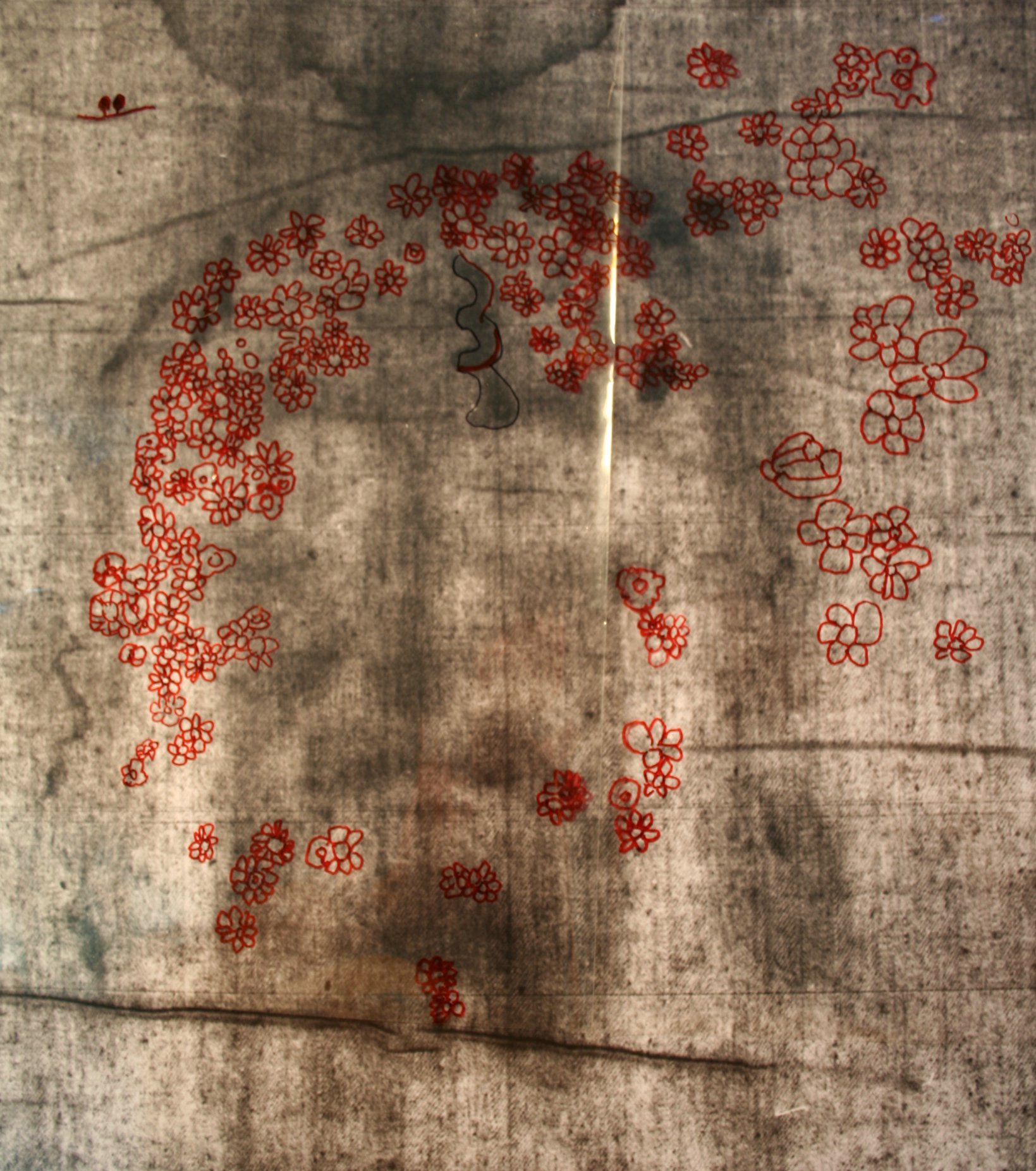
Photo 3. Figure 65 Photo Vernon Miller, Holes face |
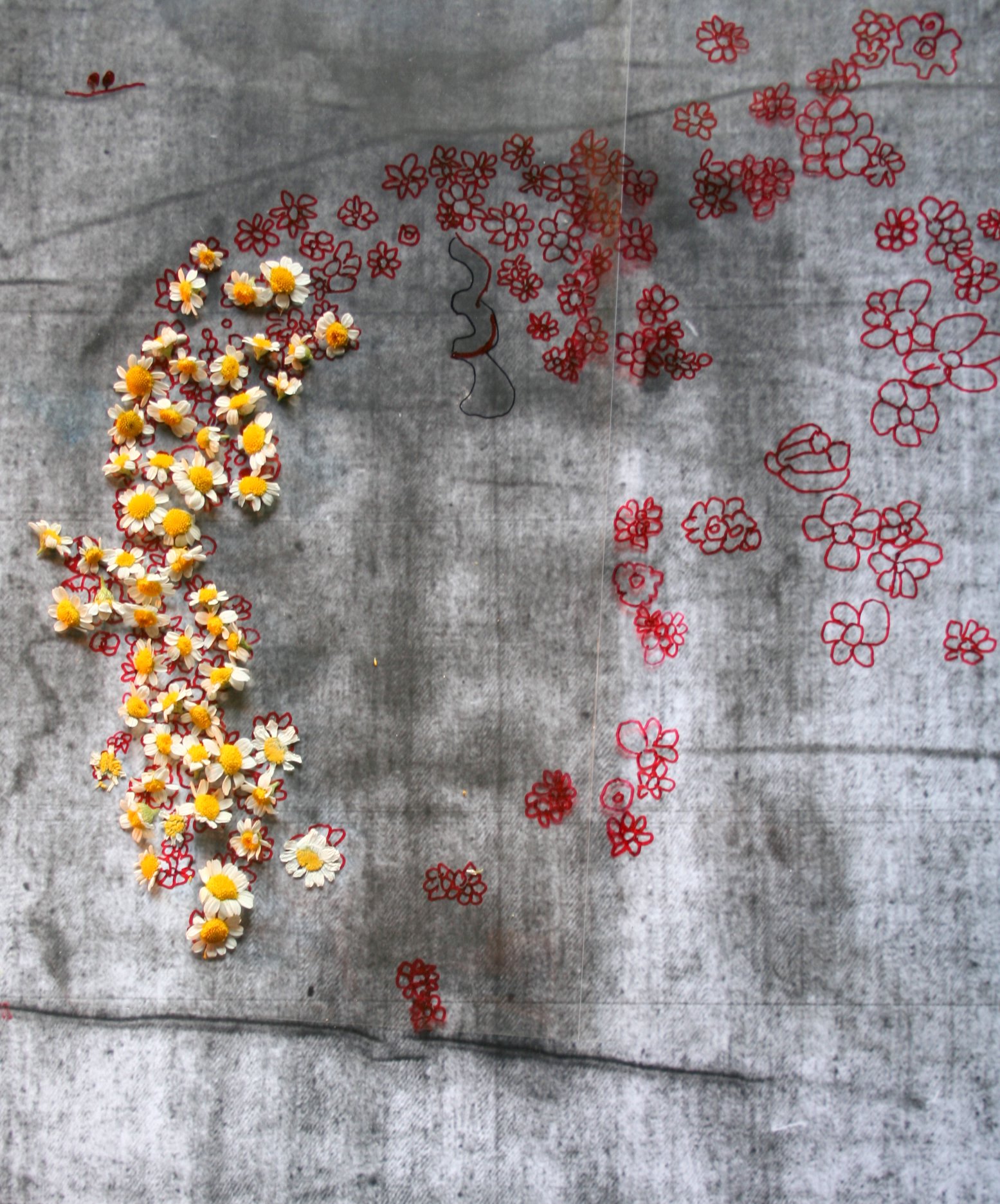
Photo 4. Figure 66 Imageless area covered with Anthemis bornmuellerii |
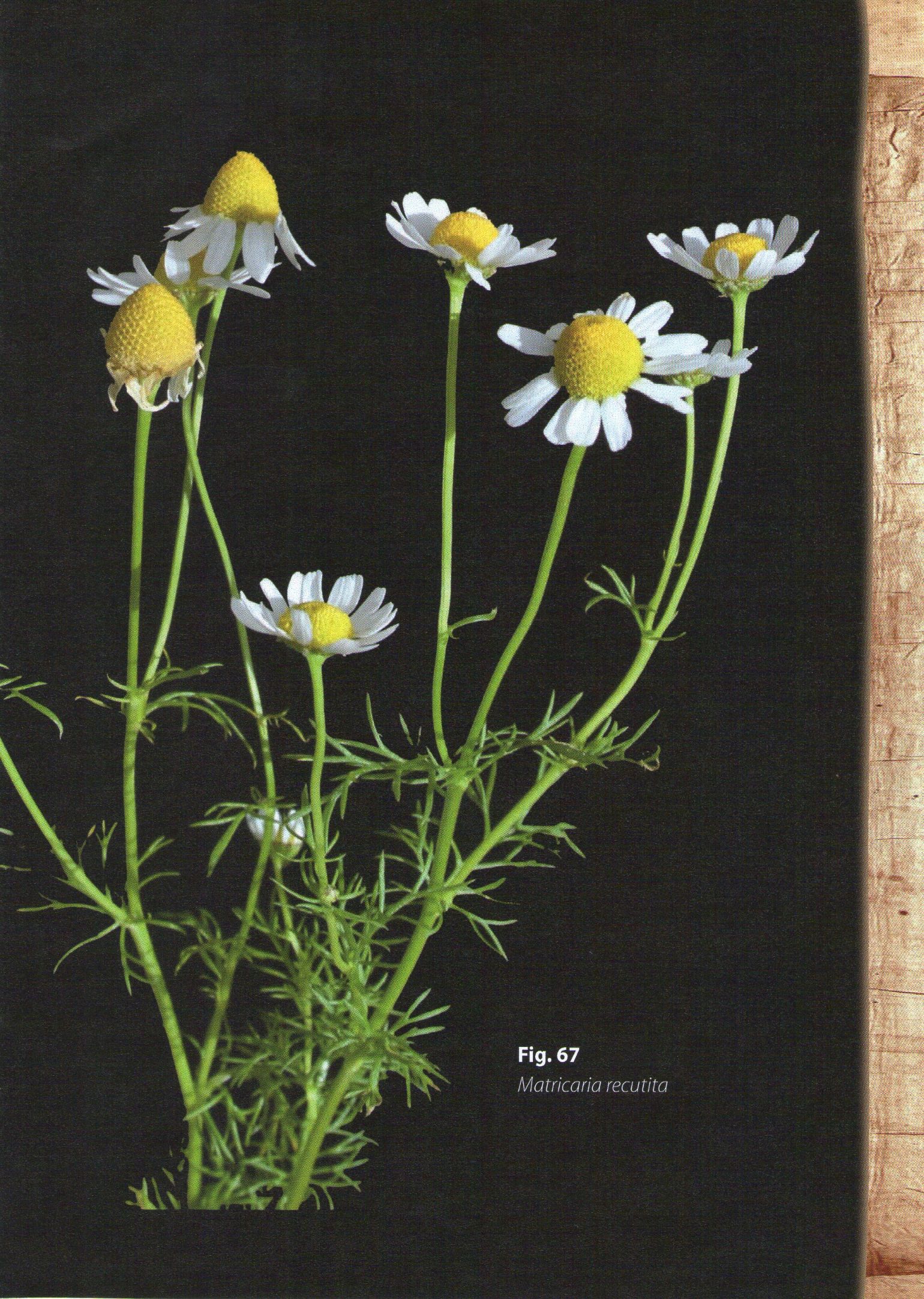
Photo 5. Figure 67 Anthemis bornmuellerii |
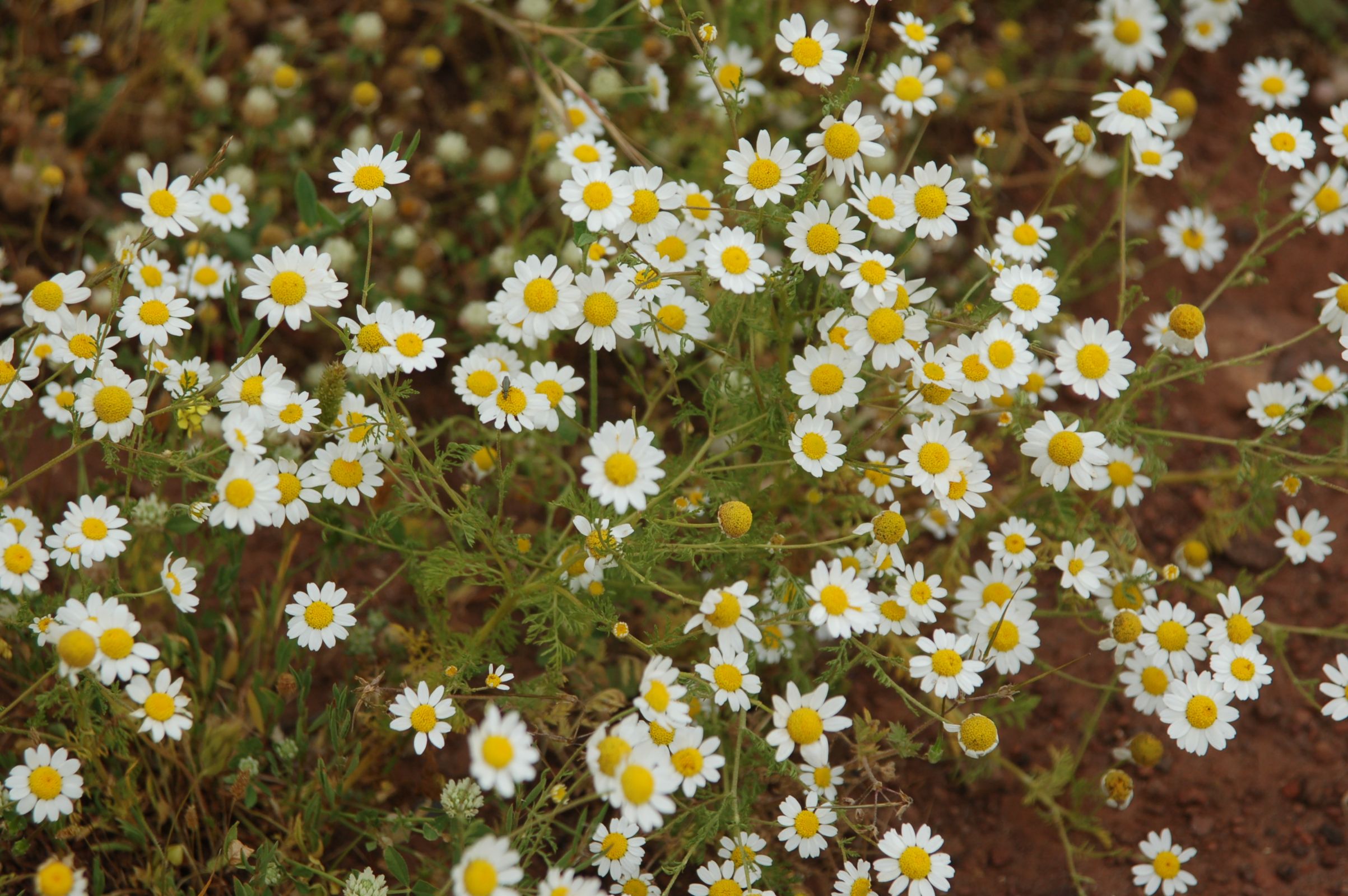
Photo 6. Springtime field with Anthemis |
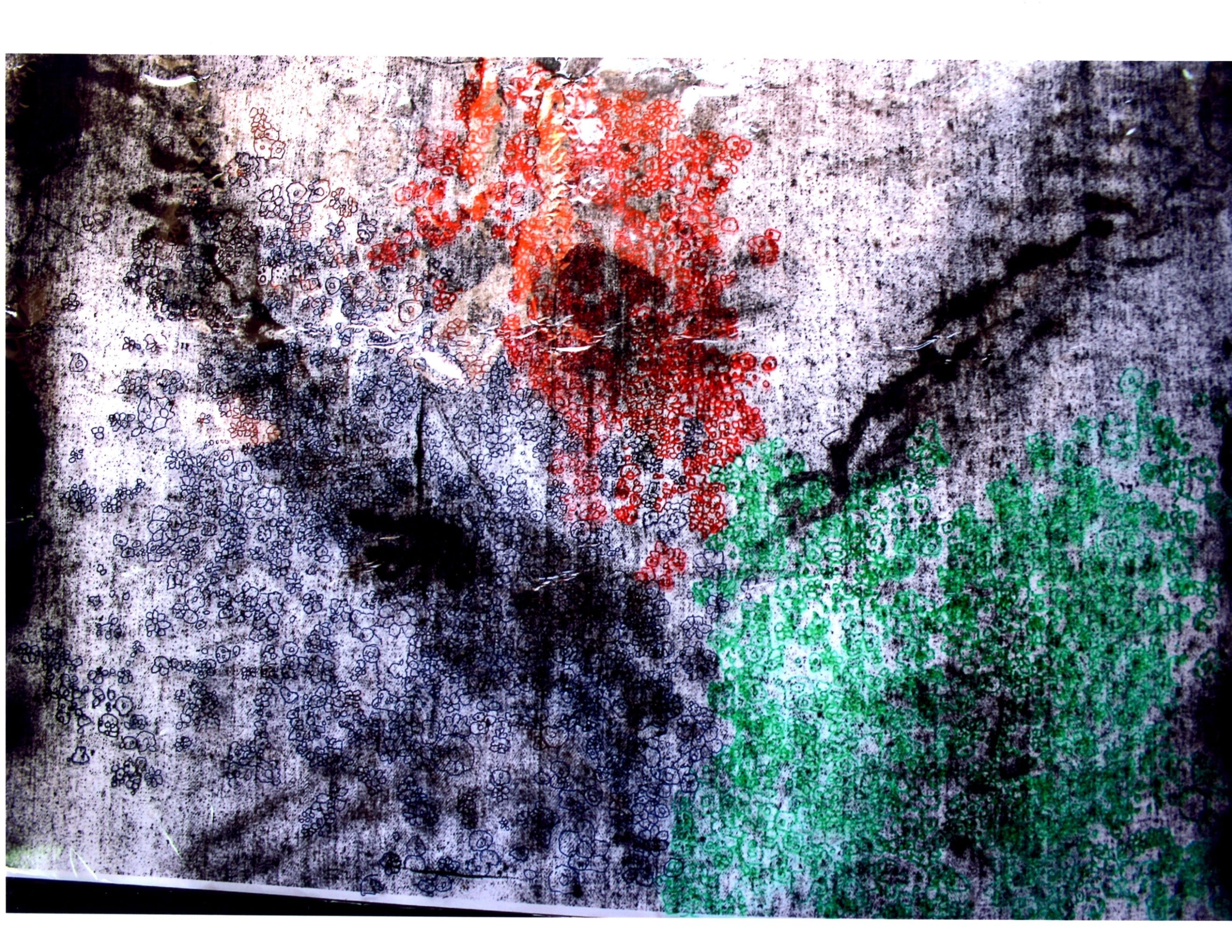
Photo 7. Bouquets of flowers around arms and hands covering imageless areas
It was obvious, that the conclusion of Dr. Petrus Soons, that there were flowers on the side of the face, forehead and around the arms and hands that had blocked the image formation and showed up as “HOLES” in the 3D conversion, was right and we had been able to prove his conclusions.
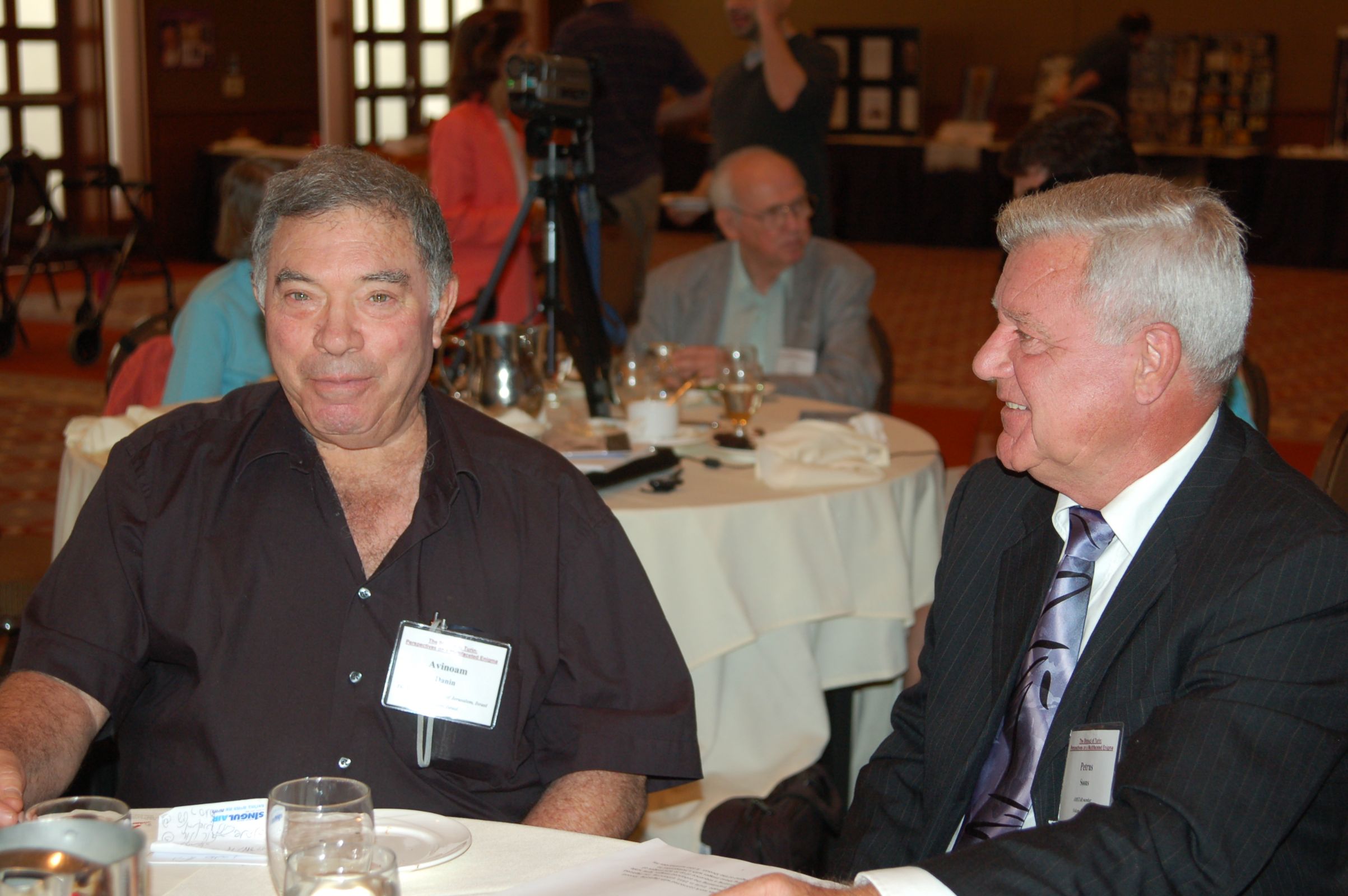
Photo 8. Avinoam Danin and Dr. Soons in Ohio
Petrus Soons and I participated in the Ohio Conference on Shroud Research in 2008 and presented our lectures there. Then we went to St. Louis, Missouri, where we presented our lectures in the large hall at the Visitor Center of the Botanical Garden. Our lectures were transmitted synchronically via an educational television channel. While listening to Dr. Soons’s lecture, I suddenly heard him saying something about a “helmet of thorns” and not a “crown of thorns”. After the lecture, as we watched lightning bugs marking their way in the night air of the fantastic Garden, I asked Peter to repeat and explain his statement. He told me that when he created the life-size holograms of the front and the back of the body and displayed them in the Regina Apostolorum in Rome, they had to take a ladder to see the top of the head.
This part of the body of the Man on the Shroud had not been seen in 3D by anybody before. Peter then saw that there were many small wounds on the top of the head that had been bleeding. When looking at the forehead and the hair on the photographs, nobody could see the small wounds. The conclusion was that the Man of the Shroud was tortured with a “helmet of thorns” as postulated already by Fleury (1870). You can understand now how happy I was that I convinced Father Hector Guerra L.C. and Dr. Ferre to add the “Helmet of Thorns”, made by Michal Raz in Israel, following Fleury’s model, to the permanent expositions of the Shroud in Jerusalem and Rome. (See article 6.13 HELMET OF THORNS)
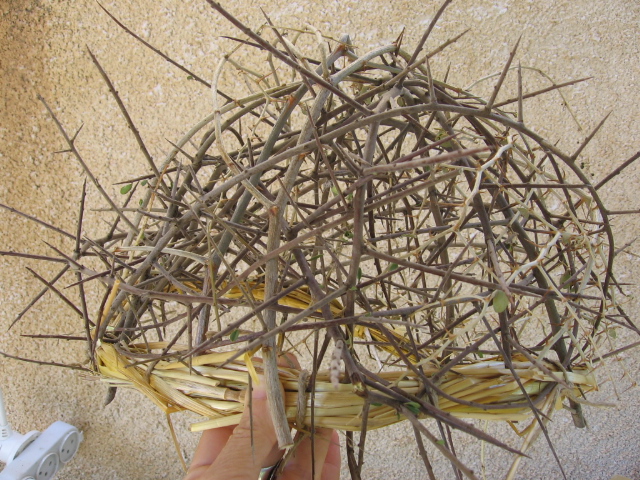
Photo 9. Helmet of thorns made in Israel |
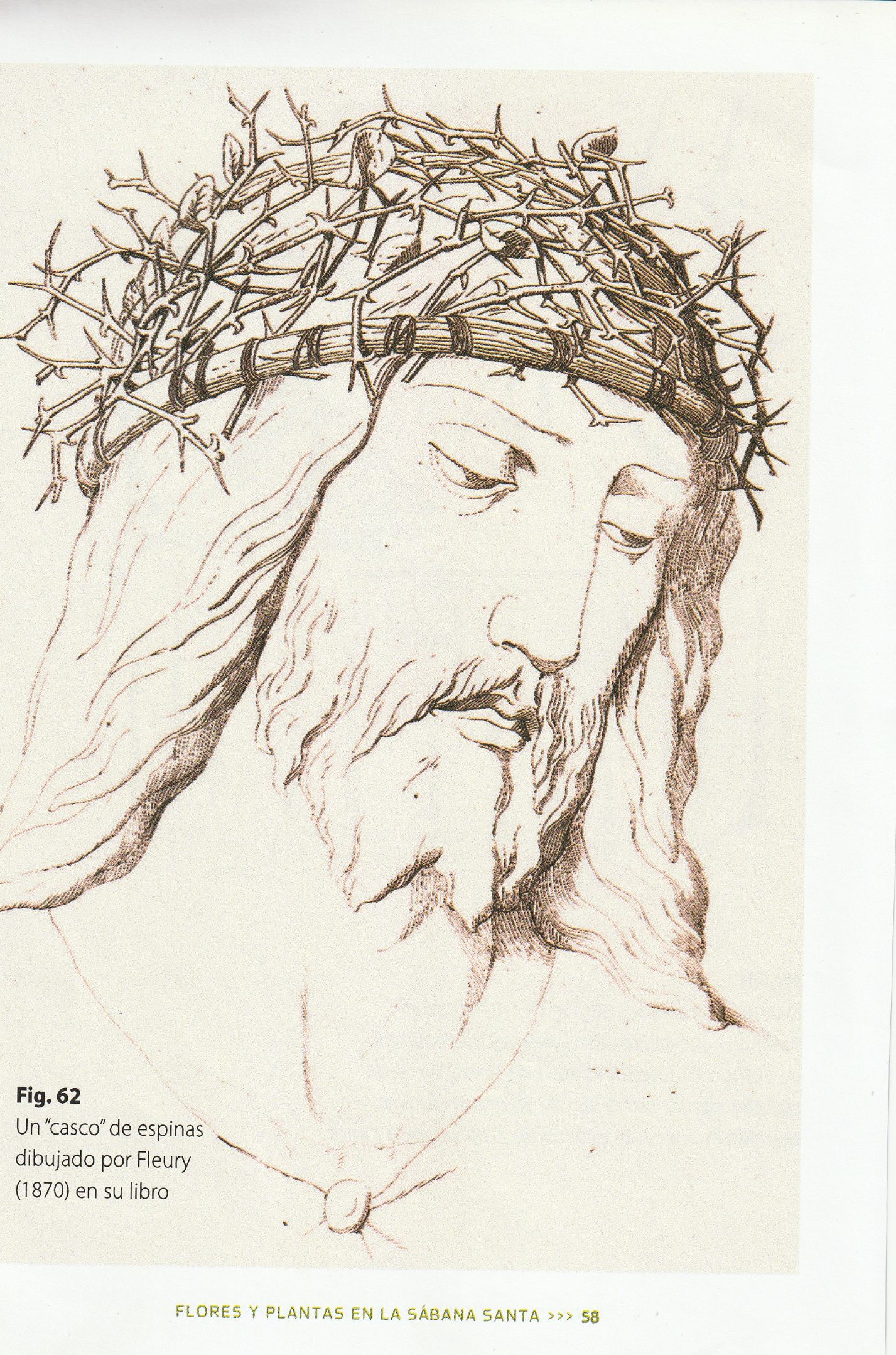
Photo 10. Fleury Helmet of thorns |
THE CONCLUSIONS FROM OUR BOTANICAL FINDINGS ARE:
1) Observing the images of plants in the same locations on photographs produced by different photographic techniques and on the linen of the Shroud itself, proves that they are real and not artifacts created by one photographic method or another.
2) The area where the assemblage of the three indicator plants could be freshly collected and placed on the Shroud near the man’s body, is the area of Jerusalem to Hebron.
3) March-April is the time of the year when the whole assemblage of some ten of the plants identified on the Shroud is in bloom.
4) Ferocious thorns of two trees were found near the man’s head and a reed was laid alongside his body.
5) The synchronization of the Shroud of Turin and the Sudarium of Oviedo demonstrates that the Shroud of Turin already existed in the 8-th century A.D. High similarity of the face of the Man of the Shroud to an icon of “The Pantocrater” in the St. Catherine Monastery, Sinai, takes the Shroud back to 550 A.D.
6) Special attention was given to the covering of parts of the head of the Man on the Shroud with daisy-like flowers after their carrying stalks were removed.
EPILOGUE:
Throughout my years of investigations of the Shroud, I had the pleasure of knowing interesting people and expanding my fields of interest. I lost many hours of sleep as thoughts about the meaning of my findings kept me awake at the oddest hours. I am often asked about my personal feelings concerning the Shroud and what surrounds it. I appreciate the belief of Christians around the world and I admire the expression: “live and let live”. I have gathered much botanical information in my years of research and am happy to share my expertise and its application in Sindonology with those who are interested.
